Introduction to Methamphetamine Vaccine Development
As methamphetamine addiction continues to plague individuals and communities, the search for effective treatments is becoming ever more critical. Traditional methods, primarily focused on psychotherapy, have shown limited success in reducing the high relapse rates associated with methamphetamine use disorders. In light of this, recent advancements in vaccine development offer a glimmer of hope. Researchers are exploring innovative immunotherapeutic strategies designed to harness the immune system’s power to counteract addiction. This article delves into the promising developments of methamphetamine vaccines, their potential impact on addiction treatment, and the intricacies involved in their creation.
Advancements in Methamphetamine Vaccine Development
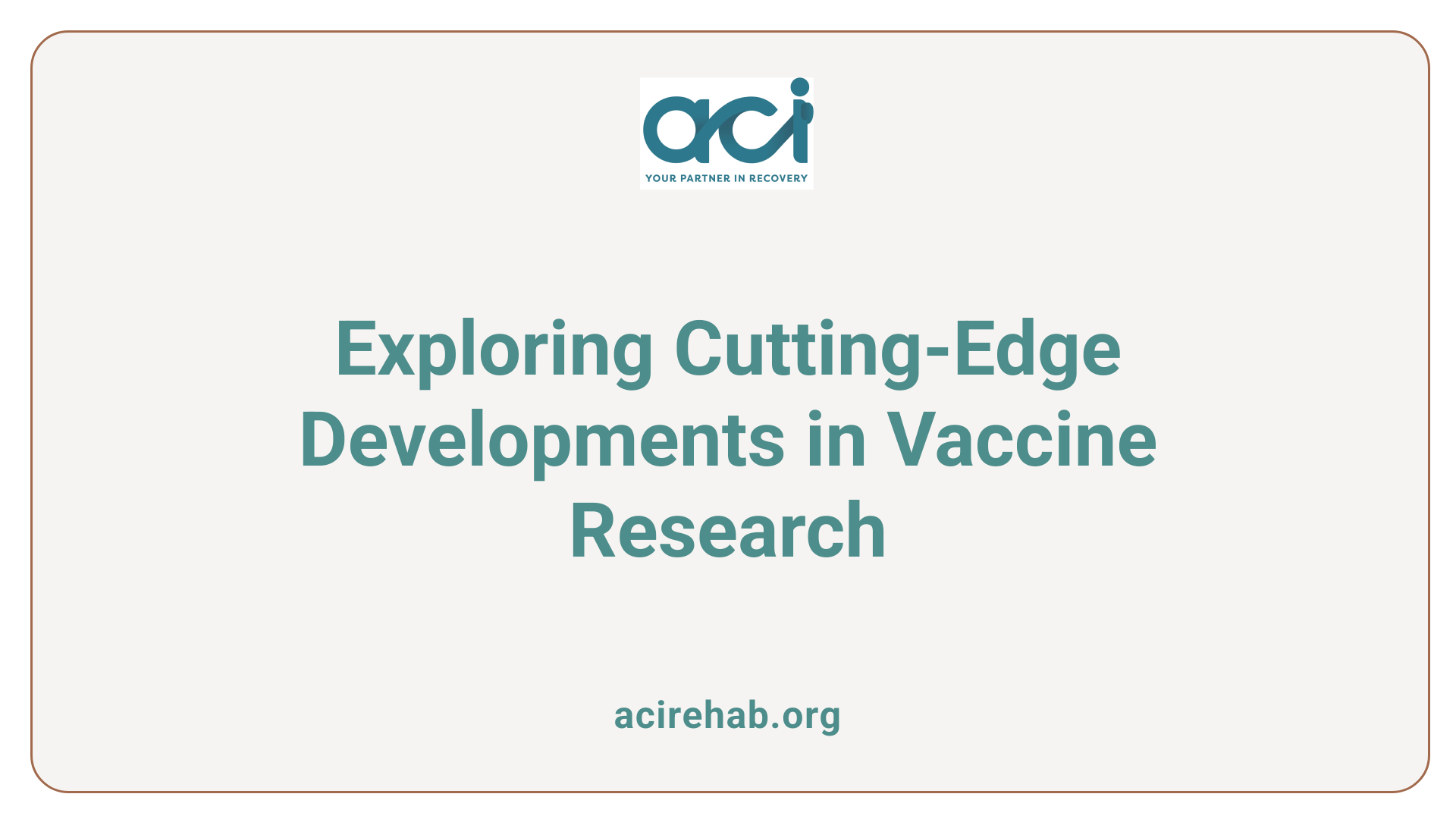
What are the latest advancements in methamphetamine vaccine development?
Recent advancements in methamphetamine vaccine development have shown promising potential in addressing methamphetamine substance use disorders, which currently lack effective treatment options. A novel conjugated vaccine utilizing mannan as an immunogenic carrier has been developed. This vaccine uses two peptides—one with a monoamine linker and another with a diamine linker. Preliminary studies indicate that the vaccine elicits strong antibody responses in mice, particularly with the monoamine linker showing the strongest results after booster shots.
How do these vaccine candidates work?
This active immunization approach aims to prevent methamphetamine from reaching the central nervous system. By binding to the drug molecules, the vaccine may block their effects on the brain, potentially reducing their psychostimulatory effects and helping prevent relapse in individuals recovering from addiction. This mechanism indicates the vaccine’s potential to mitigate addictive properties effectively.
What’s the status of clinical trials?
While only one monoclonal antibody candidate has undergone a phase I clinical trial, the research underway is critical for determining safety and efficacy in larger studies. Five vaccine formulations are being developed at Victoria University, each showing promise in eliciting immune responses in experimental mice. Future studies will focus on further characterizing the vaccine in animal models and working toward human trials to assess its therapeutic promise. These efforts aim to create a more effective and cost-efficient vaccination strategy compared to previous attempts, which had limited success.
Mechanisms of Action in Methamphetamine Vaccines
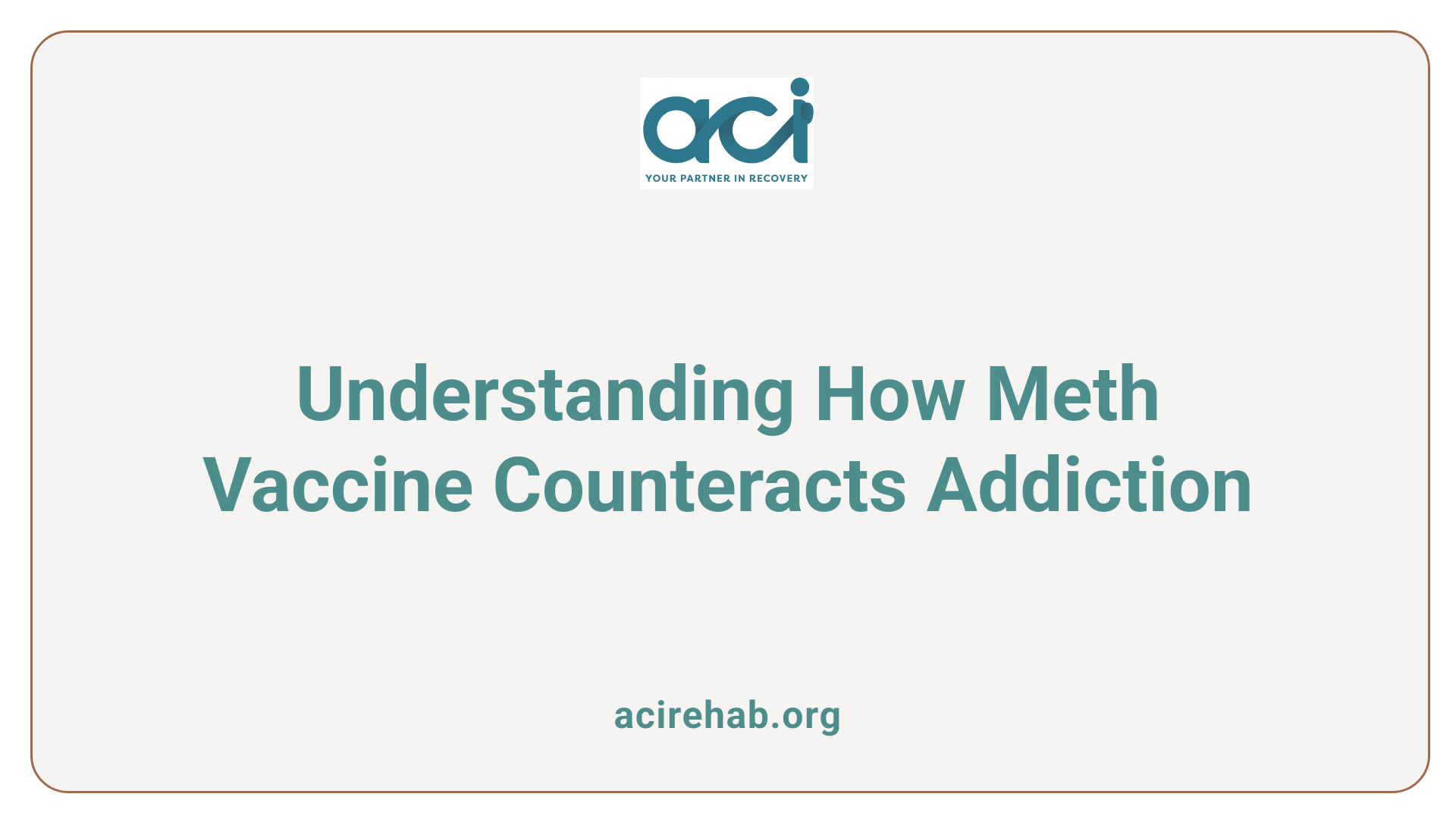
How does a methamphetamine vaccine work to counteract addiction?
A methamphetamine vaccine operates through a clever mechanism that stimulates the immune system to generate targeted antibodies. When administered, the vaccine’s immunogenic carrier, such as mannan, works effectively to enhance this immune response.
The process begins with the introduction of haptens, which are small molecules that represent parts of the methamphetamine structure. These haptens are conjugated to the mannan carrier, creating a stronger immunogenic response. When the immune system encounters this conjugated complex, it responds by producing antibodies specifically designed to bind with methamphetamine in the bloodstream.
This binding action is crucial. Once the antibodies attach to methamphetamine, they effectively prevent the drug from crossing the blood-brain barrier, a vital protective barrier in the body. This blockade significantly diminishes the psychoactive effects associated with methamphetamine use, thereby reducing its addictive potential.
As a result, the therapeutic impact of the vaccines not only helps to alleviate the immediate consequences of meth use but also contributes to long-term recovery strategies by limiting the drug’s accessibility to the central nervous system.
Overcoming Scientific Hurdles in Vaccine Development
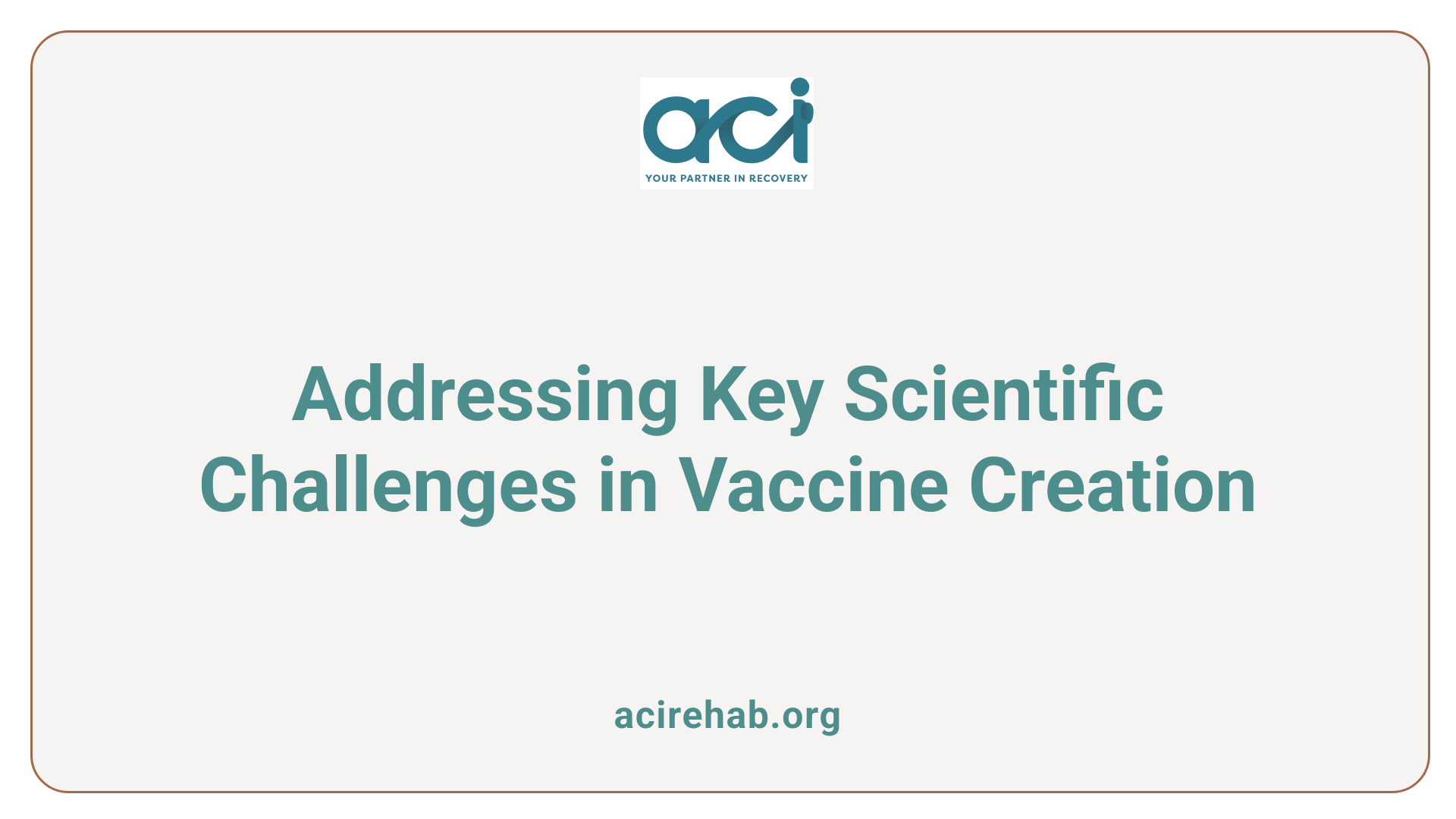
What are the scientific challenges in developing a methamphetamine vaccine?
Developing a methamphetamine vaccine involves several significant scientific challenges. One primary hurdle is the design of effective haptens, which are essential for stimulating the immune system. The simple structure of methamphetamine makes it less recognizable to immune cells, leading to difficulties in inducing a strong immune response.
Hapten Design Challenges
Hapten design requires a careful approach to ensure the vaccine can generate sufficient antibodies. The development of Hapten 1 and Hapten 2, utilizing monoamine and diamine linkers respectively, highlights these challenges. Despite showing promising antibody responses in animal studies, the variability of immune reactions necessitates further refinement.
Molecular Structure
The molecular structure of methamphetamine also poses a complication. Its composition, characterized by a small size and specific functional groups, means that generating an effective immune response is not straightforward. The vaccine must effectively bind to and block the drug’s entry into the brain.
Immunogenic Responses
While preclinical studies have demonstrated immunogenic responses in animal models, translating these findings into human applications is complex. Ongoing research aims to enhance both the efficacy and affordability of these vaccines, emphasizing the need for novel approaches to overcome the limitations presented by methamphetamine’s structure and the current gaps in treatment options.
Promising Preclinical Results and Future Trajectories
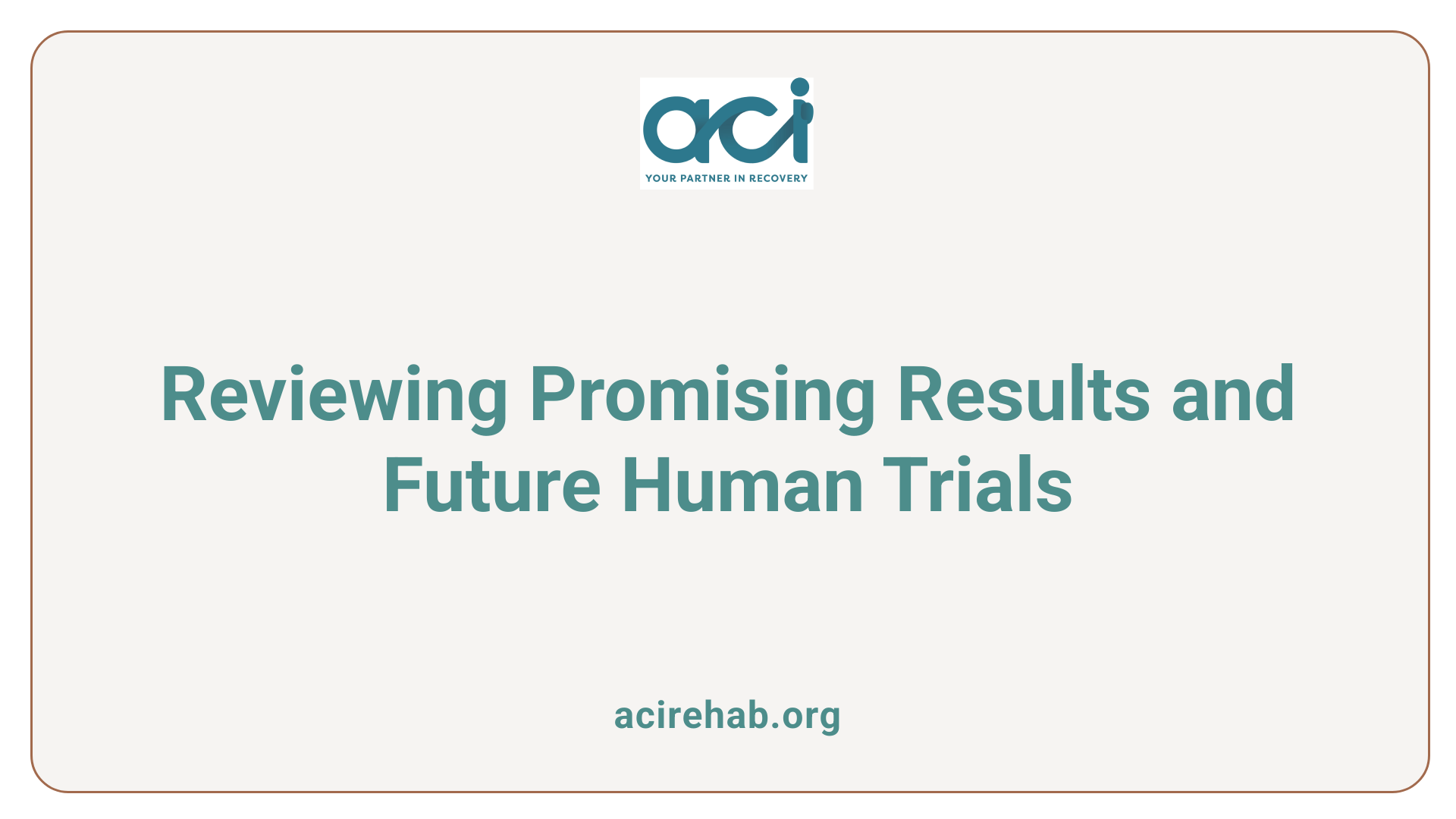
What have been the preclinical results for the methamphetamine vaccine?
The preclinical results for the methamphetamine vaccine indicate promising efficacy in mitigating methamphetamine-induced effects. Tests revealed that a vaccine combining tetanus-toxoid conjugated to succinyl-methamphetamine (TT-SMA) with a novel adjuvant, E6020, produced anti-methamphetamine antibodies that were significantly more potent than those derived from non-adjuvanted formulations.
These antibodies effectively reduced locomotor activation caused by methamphetamine and diminished the drug’s levels in the brain. Furthermore, another vaccine candidate utilizing oxidized mannan as an immunogenic carrier exhibited notable immunogenicity in experimental studies, generating a robust antibody response in mice models.
What are the plans for human trials?
Future studies are slated to further characterize these vaccines using methamphetamine animal models and ultimately pave the way for human clinical trials. The initial phases have demonstrated that these vaccines can block the effects of meth at varying effectiveness levels, indicating a potential forward trajectory toward the development of safe and efficacious treatment options for methamphetamine use disorder.
What immunogenic agents are involved in these vaccines?
The development focuses on novel immunogenic agents, such as hapten constructs using linkers like monoamines and diamines, which have proven successful at eliciting antibody responses. Each formulated vaccine intends to create a robust immunological defense against methamphetamine and prevent its interaction with the central nervous system.
In summary, the combination of these innovative strategies and promising outcomes in animal studies exemplifies a noteworthy leap in the effort to create effective vaccines against methamphetamine addiction.
Reimagining Addiction Treatment: The Role of a Methamphetamine Vaccine
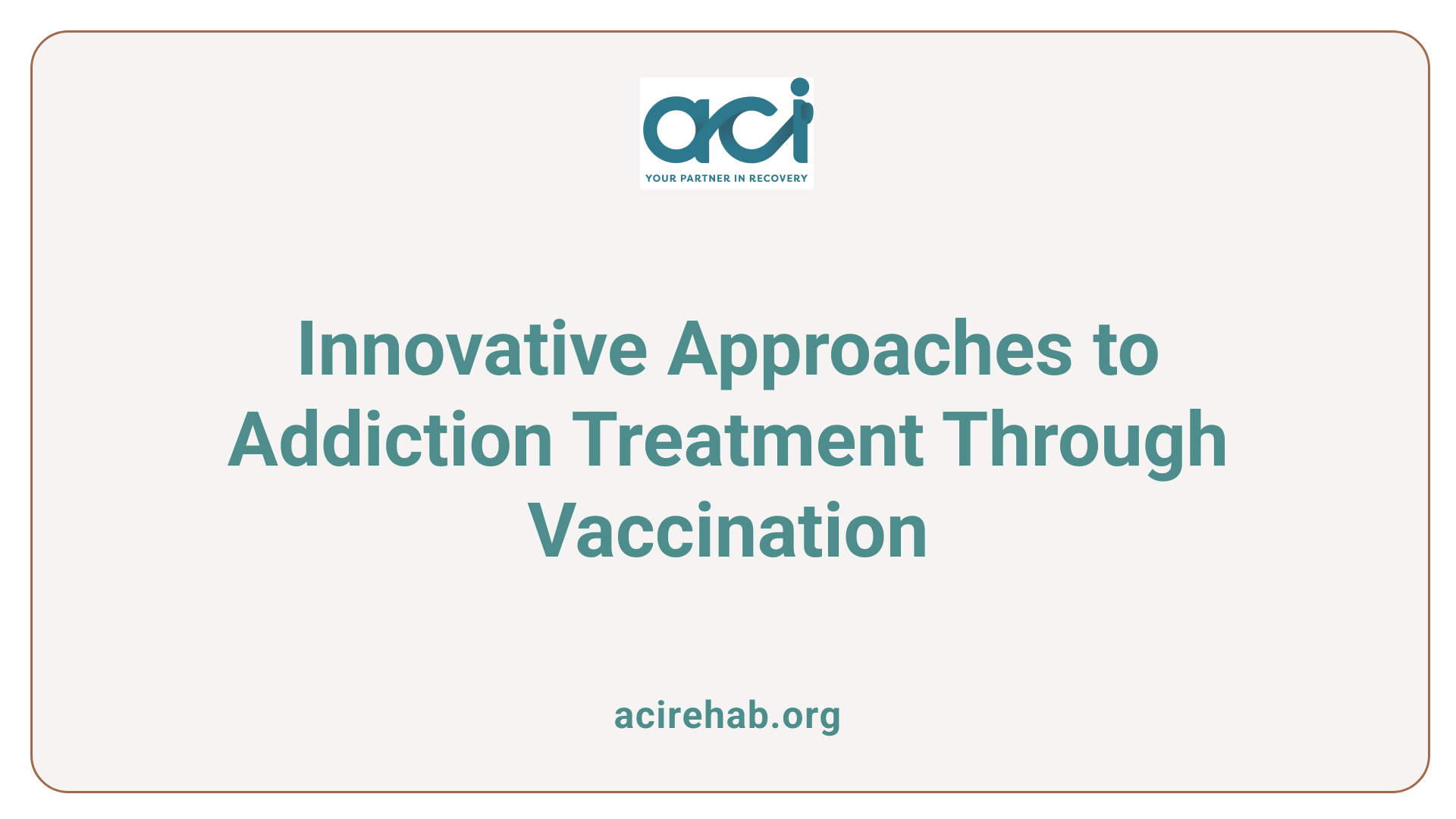
What are the potential benefits of a methamphetamine vaccine in addiction treatment?
The potential benefits of a methamphetamine vaccine in addiction treatment include its ability to stimulate the immune system to produce antibodies that can bind to the drug, thereby reducing its psychoactive effects. This mechanism may help diminish cravings and decrease the likelihood of relapse, addressing a significant public health concern given the serious consequences of methamphetamine dependence.
With limited and often ineffective current treatments, innovative approaches like vaccination are urgently needed. Early studies in animal models reveal promising results; certain vaccine candidates have demonstrated strong antibody responses, showing their potential in mitigating addiction. The objective is to develop vaccines that can effectively block methamphetamine’s effects, paving the way for a new landscape in treatment strategies for methamphetamine use disorder.
Conclusion: A New Horizon in Methamphetamine Addiction Treatment
The development of a methamphetamine vaccine marks a pivotal moment in addressing addiction, offering new pathways for treatment where few existed before. As research progresses from preclinical studies to potential human trials, the efficacy and safety of these vaccines hold the promise of transforming the landscape of addiction treatment. By blocking the neuropsychological effects of methamphetamine, these vaccines could significantly reduce relapse rates and improve recovery outcomes. As the challenges of addiction continue to evolve, so too must our strategies, with vaccines representing a beacon of hope in the fight against methamphetamine dependency.
References
- A methamphetamine vaccine using short monoamine and diamine …
- Trial vaccine may harness immune system to block effects of meth
- High Hopes for Vaccine to Help with Methamphetamine Addiction
- Development and characterization of a novel conjugated …
- Active and Passive Immunization with an Anti-Methamphetamine …
- Vaccine development against methamphetamine drug addiction
- Impact of Distinct Chemical Structures for the Development of a …
- Meth Vaccine Shows Promising Results in Early Tests
- Methamphetamine Vaccine – Steps To Recovery
- A vaccine to block meth? It’s in the pipe line – Cosmos Magazine

